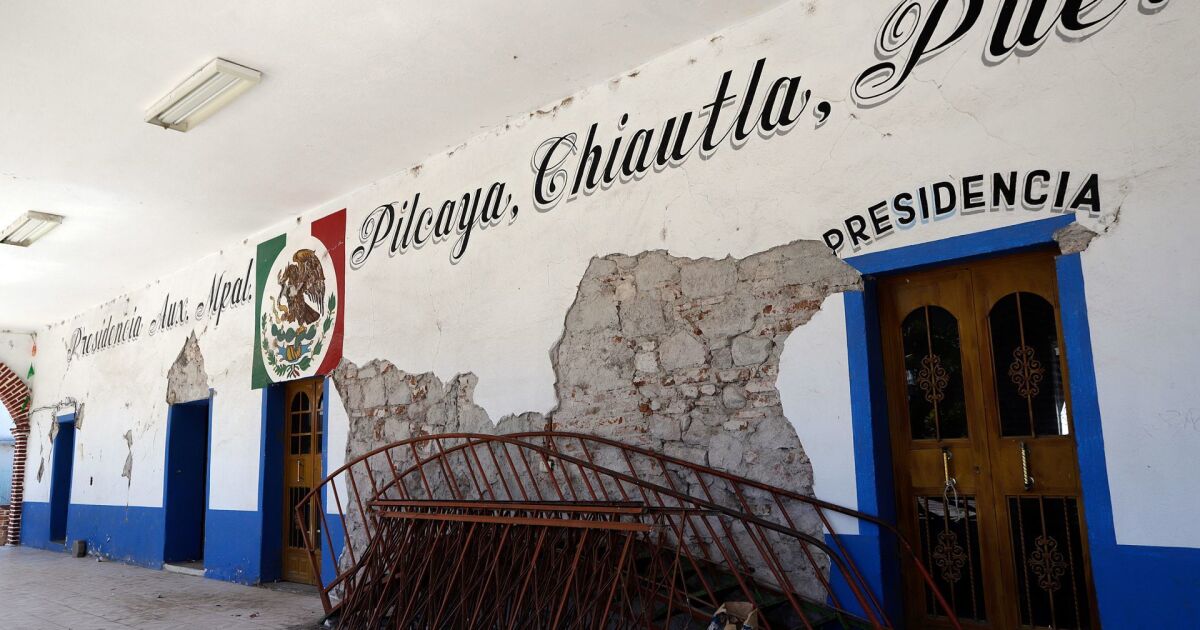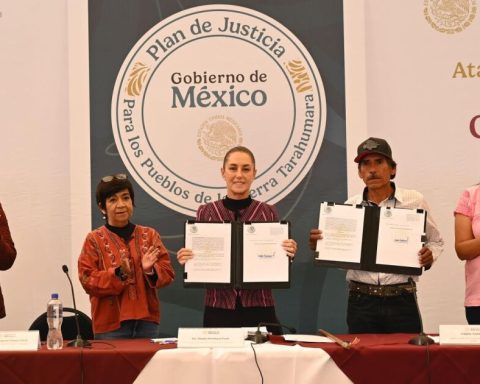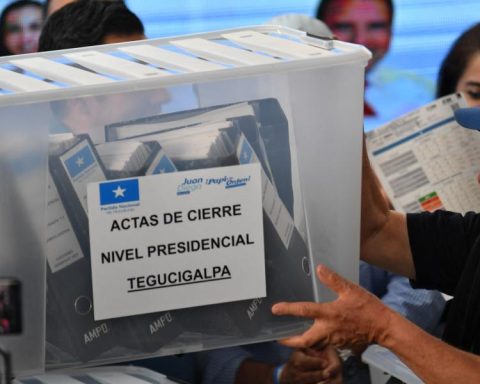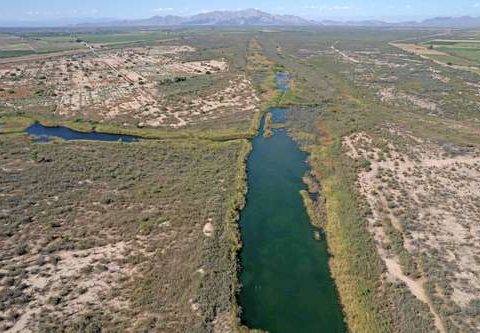In the analysis of the case, it was determined that the regulated entity provided incomplete information, since it used a restrictive criterion for the location of the information, since it was limited only to “budgetary programs”, through which the resources were used with charge to the Fonden, but did not report the way in which they were executed, whether through projects or public works contracts and/or the provision of goods or services, in addition to the fact that the request was not sent to the SICT Centers of the federal entities that were authorized resources charged to the Fonden.
As a result, the INAI plenary unanimously determined to modify the SICT’s response and instructed it to seek again the information on the way in which the resources were used to address the damage caused by the 2017 earthquakes to state infrastructure. and federal, including the details of the contracts signed in this regard.
“We must remember that one of the lessons learned after the earthquakes of September of that year (2017) was the need for greater transparency for proper disaster management. It was a particularly civic recognition, since it was through various initiatives, reports, notes and studies that the need to adopt the values of transparency and accountability was promoted so that society has more information on the management of the resources earmarked for disaster relief (…) As a guarantor agency, we must continue to promote the dissemination of all necessary and useful information for the population, in order to know the resources earmarked to address this tragedy,” emphasized the commissioner president of INAI.

















